Note: This article was updated recently.
While discussing website performance, the commonalities between Conversion Rate Optimization (CRO) and User Experience (UX) come in very handy.
Both CRO and UX aim to help users get things done with minimum effort. They both involve the use of certain tasks such as user feedback and usability testing. However, they are not the same.
The question, “Is CRO a part of UX, or UX a part of CRO?,” can still lead to a debate among designers and marketers, but this post is not about that debate.
Download Free: Customer Experience Optimization Guide
You will learn how CRO and UX complement each other and how CRO and UX teams can achieve business goals effectively while working together.
UX Provides Long-Term Benefits to CRO
The approach to UX design is simple: You ensure that every task on your website is intuitive and the complete flow across the website is per the expectations of users. Moreover, you actively identify areas of friction experienced by your website visitors and try to fix those. Here is the definition of UX design from Wikipedia:
“It is the process of enhancing user satisfaction by improving the usability, accessibility, and pleasure provided in the interaction between the user and the product.”
This approach assists CRO in the following ways:
CRO Team Doesn’t Test Random Ideas
Following the approach to UX design, CRO team studies user behavior on a website extensively and creates A/B testing hypotheses based on the learning. The team steers clear of building hypotheses per “best practices” or “HiPPO.” The UX way of studying user behavior on a website includes a range of methods.
The popular methods include user surveys, eye-tracking studies, usability lab studies, and customer feedback. For instance, the iconic eye-tracking study “F-Shaped Pattern For Reading Web Content” by NN Group delivered highly actionable insights on web user behavior. The study concluded that the gaze of web users travels in an F-shaped pattern.

Based on this study, a CRO team could build a hypothesis that “placing critical elements of a website on the left side would lead to higher engagement and conversions.”
Similarly, CRO teams can take the help of website surveys to gather user feedback and create hypotheses based on what users want.
A/B tests run on ideas that are generated from UX research methods have a higher chance of delivering results than tests based on a spray and pray approach.
CRO Team Prioritizes Major Issues
The approach to UX design allows a CRO team to focus on areas that have a profound impact on the conversions on a website. The team can also treat this as one of the factors while prioritizing multiple testing hypotheses.
Surely, optimizing an element such as an add-to-cart button on an eCommerce product page can increase conversions, but you should make sure that if there is a bigger issue, it needs to be addressed first.
What if the product page requires larger product images? Or what if the landing page doesn’t lead a sufficient number of visitors to the product page and it’s the home page that needs optimization.
Kuba Koziej, CEO and Co-founder at Zety, explains how thygtfdhe UX approach helped him in conversion optimization:
“CRO is all about user experience. Personally, I have never been able to make a huge impact by making changes that were only visual by nature. You can increase sign-ups by tweaking your copy or “making a bigger promise.” But you will never be able to make a significant impact if user experience is not your primary focus.
We recently restructured the sign-up process for our “resume builder” web app. Originally, the user was asked to sign up at the beginning of the process. We spent some time tweaking the sign-up form; we tried a modal window, welcome screen, and other similar features.
The results were modest. But that was until we focused on user experience. Before getting personal information from the users, we provided them with something —the fun part. Users could customize their resume by choosing the template and color from a range of choices.
Moving these two steps to the beginning of the funnel increased our sign-ups by over 90% and the sales went up by 17%.”
CRO Team Understands the User Journey
UX is not just about improving the usability of web pages but of the entire path that users take to reach the goal on a website—the user journey. The UX approach involves recognizing various user journey paths, or conversion funnels, available on a website. Uxstudio suggests a more holistic look at the product or business when defining the user journey.
This UX design agency follows a 4-step UX design process which includes: product discovery, ideation, prototyping, and UI design. This helps a CRO team identify friction-areas and exit points across user journey paths on a website. The friction often exists on certain pages because users do not find what they expect.
Consider a travel website for example: When users search for hotel rooms and encounter high prices and low vacancy across all hotels, there exists friction. A CRO team could recognize this and build hypotheses aimed at removing (or at least reducing) the friction.
Travelocity, for instance, gets around this issue by offering a helpful suggestion to users right on the search results page.
It is an ideal situation when both CRO and UX teams assist each other and share their learning. Kieron Woodhouse, head of UX at MVF, adds to this: “UX and CRO are intrinsically linked. As both disciplines grow in breadth, it is impossible to champion one over the other. Instead of making one a part of the other, the best approach is to have an open dialogue among teams and ensure that each department is learning from the other all the time and passing on learning and new developments.
At MVF, our teams have open Slack channels to discuss findings as they go and UX and CRO are very much seen as complementary disciplines that work together to get the most out of each other’s expertise.”
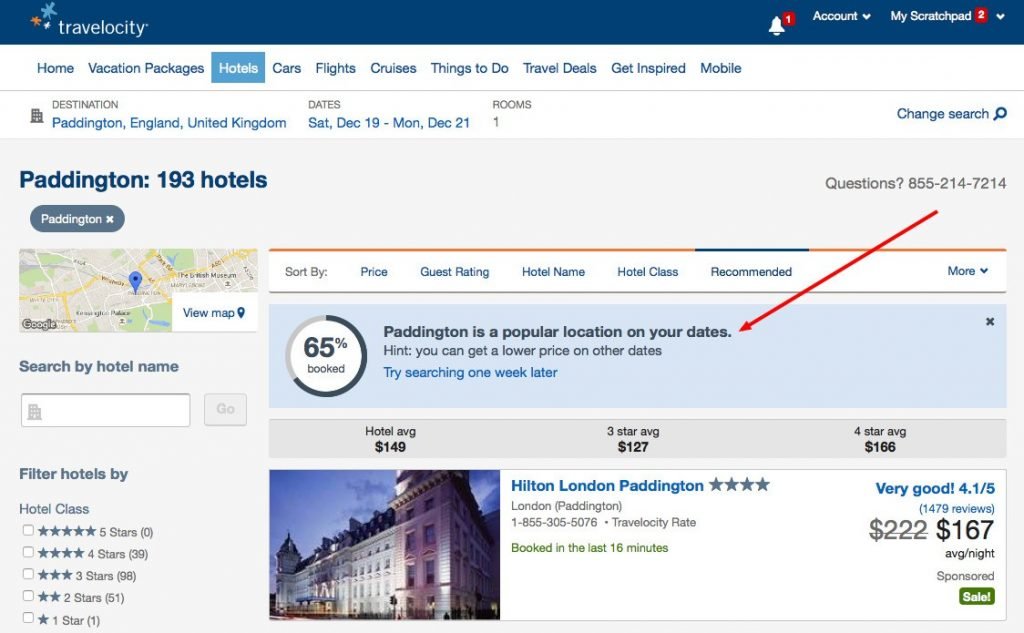
Similar to the above example, CRO teams can study user journey paths and build hypotheses to eliminate friction points.
The hypotheses should be built considering users’ anticipations and what motivates them. Of course, the hypotheses then need to be put to test through A/B testing.
Listen to this episode from the VWO Podcast to learn some more best practices of CRO and UX.
CRO Makes UX Team More Effective
CRO can help UX teams do better user behavior research and validate their ideas.
UX Team Gets Useful Tools
UX teams have traditionally carried out research on user behavior through a certain set of tools. (A few of them have been mentioned earlier in this post.)
An elaborate list of such tools has been compiled by the NN Group.
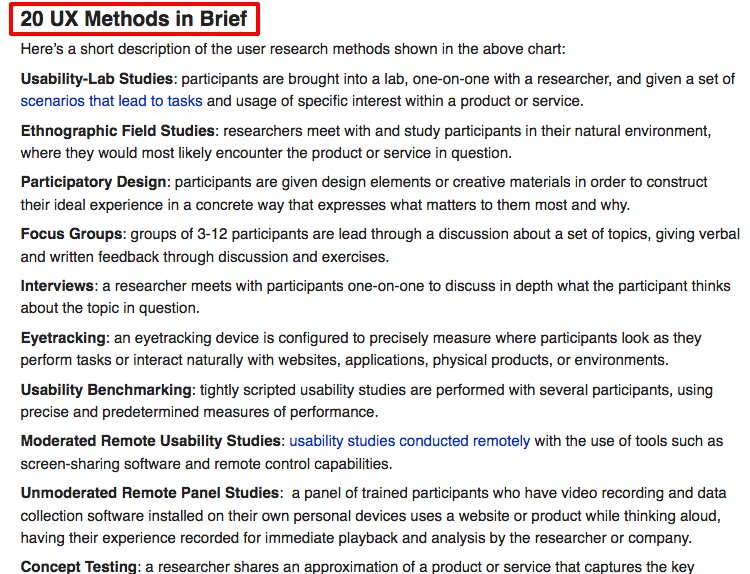
Interestingly, with the advent of CRO, numerous other user behavior research tools have surfaced. These tools have found their place in the suite of CRO tools and can be effectively used by UX teams as well. Some of the tools worth mentioning are visitor recordings, form analytics, and website funnels.
Visitor recordings, for instance, let you playback sessions of users on a website.
When compared with usability lab studies, visitor recordings help you monitor behaviors of users on a website who have a higher probability of converting as customers.
Form analytics, on the other hand, lets you analyze how users interact with your web forms. You can monitor and compare how each form-field performs. You can identify the form fields that create maximum friction for users.
With the “refill-rate” of a form field, you can realize if it is confusing the users. The “drop-rate” would let you highlight the exit point on the form.
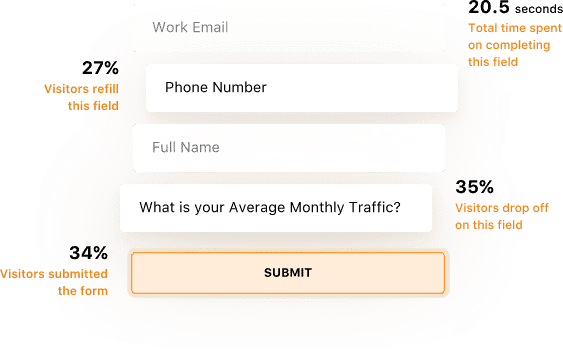
UX Teams Can Validate Their Ideas
When a UX team has ideas to improve the usability of a website, how does the team know if the ideas would work? One way is to conduct usability testing on the newer version of the website. The other is A/B Testing.
A/B testing lies at the heart of CRO, but it also proves to be an effective tool for validating UX ideas. A/B testing helps UX teams understand how users respond to website changes. Whether it is a winning A/B test or a failed one, it always leads to insights on user behavior.
Furthermore, a UX team can take help from the CRO team to know about past A/B tests. Results from past A/B tests can prove to be a gold mine of insights on the user behavior on a website.
Additionally, UX teams can also avoid creating ideas that have already been tested by CRO teams.
Download Free: Customer Experience Optimization Guide
CRO and UX Teams Need to Work in a Collaborative Manner
It is an ideal situation when both CRO and UX teams assist each other and share their learning.
Kieron Woodhouse, head of UX at MVF, adds to this: “UX and CRO are intrinsically linked. As both disciplines grow in breadth, it is impossible to champion one over the other. Instead of making one a part of the other, the best approach is to have an open dialogue among teams and ensure that each department is learning from the other all the time and passing on learning and new developments. At MVF, our teams have open Slack channels to discuss findings as they go and UX and CRO are very much seen as complementary disciplines that work together to get the most out of each other’s expertise.”
Kieron shared five quick tips on how a UX team can maintain synergy with a CRO team:
1) Become a part of each other’s processes and share knowledge regularly
- Organize regular catch-ups with your CRO team and offer your UX expertise to the team — they’ll love you for it. It will also help you control UX consistency across the business.
- Work with CRO to test most (if not all) of your designs.
- Share intel across teams to avoid covering the ventured ground. The last thing you want to hear is that the CRO team has already tried the design that you have been perfecting for two weeks!
2) Learn how to read CRO data and results
- The more you understand insights and data points, the better you can build informed, bulletproof designs.
- Ask your CRO team to go through their analytics platforms with you. Ask them how they come to their decisions and attribute value to results. It is also important that you know how to pull intel from this data to inform your UX work.
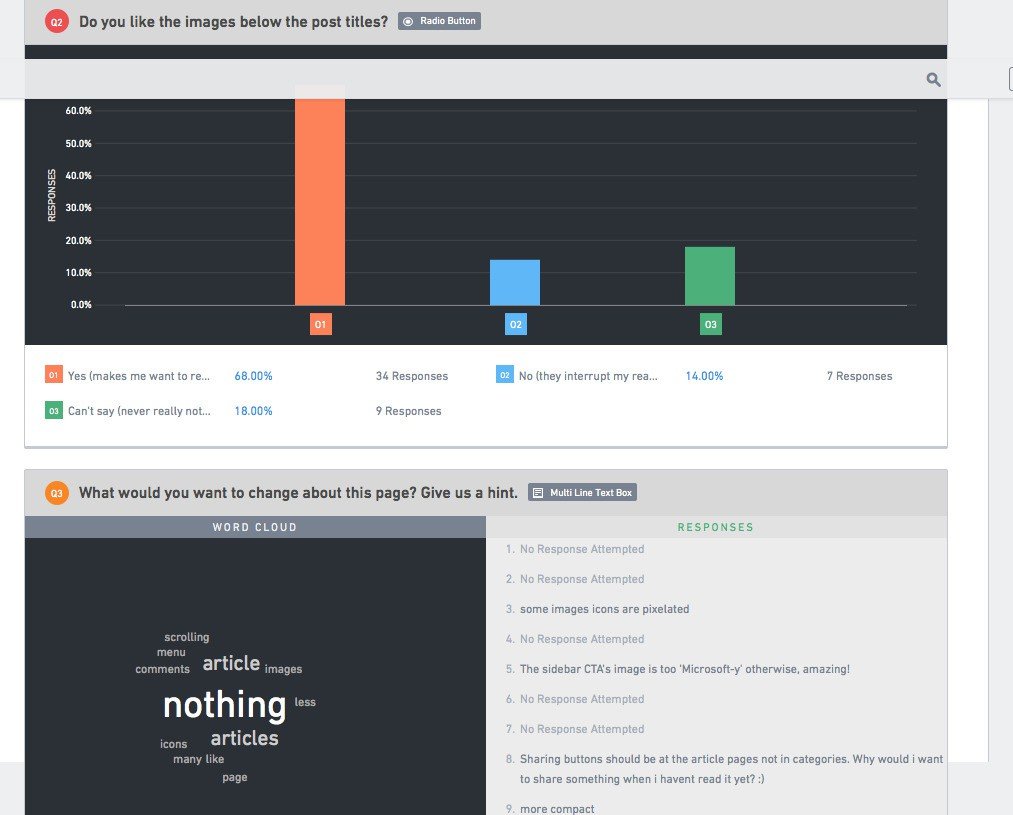
3) Use this data to enhance your designs and proposals
In order to get buy-in for your proposals, you need to sell the reasoning behind your plans. Make sure you have concrete data to back up all of your plans and make your suggestions indisputably the best course of action.
4) Universal “best practice” is dead. Oh, and so is blagging
- Forget about it. Don’t use this phrase to justify your ideas unless you have data to back it up. A good CRO team will ground themselves with the same principles. Align your UX strategy to think the same way.
- “Best practice” based on external research is the easy way out and may have no relationship to your business model, customers and/or product. Use internal resources such as CRO to build strong best practices specific to the needs of the business/service/product.
- Nobody has time for a blagger. As a UX expert, this shouldn’t ever be a fallback mechanism. Back up what you say with data and results. If someone throws a curveball, catch it, and throw it back with results. Think of yourself as an architect: would an architect build a house without a solid foundation? No.
5) Base your UX spec on a hypothesis-driven process
A very important part of your CRO effort is creating strong hypotheses built around findings, coming from your previous tests or research. Try and spec out UX projects in the same way. The points below come from MVF’s own internal CRO guidelines.
- Research: Increase your potential success rate by really understanding a problem.
- Diagnose: Using the research and data you have gathered, identify specific issues
- Plan: Based on research and diagnoses, create a more honed-in plan of how you will be treating the diagnosed issues or problems. It is also important at this point to establish your success metrics. How will you measure success?
- Treat: Test your designs and iterate. Learn and build from every implementation.

Watch the webinar to learn how Dell Technologies offers a superior experience to users and enhances the business KPIs:
Wrapping up
Understanding your users’ expectations and ensuring a seamless experience on your website should be a measure of your success.
In order to achieve this goal, harmony between optimization for conversions and enhancing user experience through immaculate design is of paramount importance.
For an overall optimized experience for your users, it’s imperative that your CRO and UX design go hand in hand. After all, these are the type of businesses that never stop growing.
Tools like VWO simplify collaboration for teams and streamline CRO initiatives such as A/B testing. To illustrate its capabilities, here’s a fun comic strip that highlights its potential:
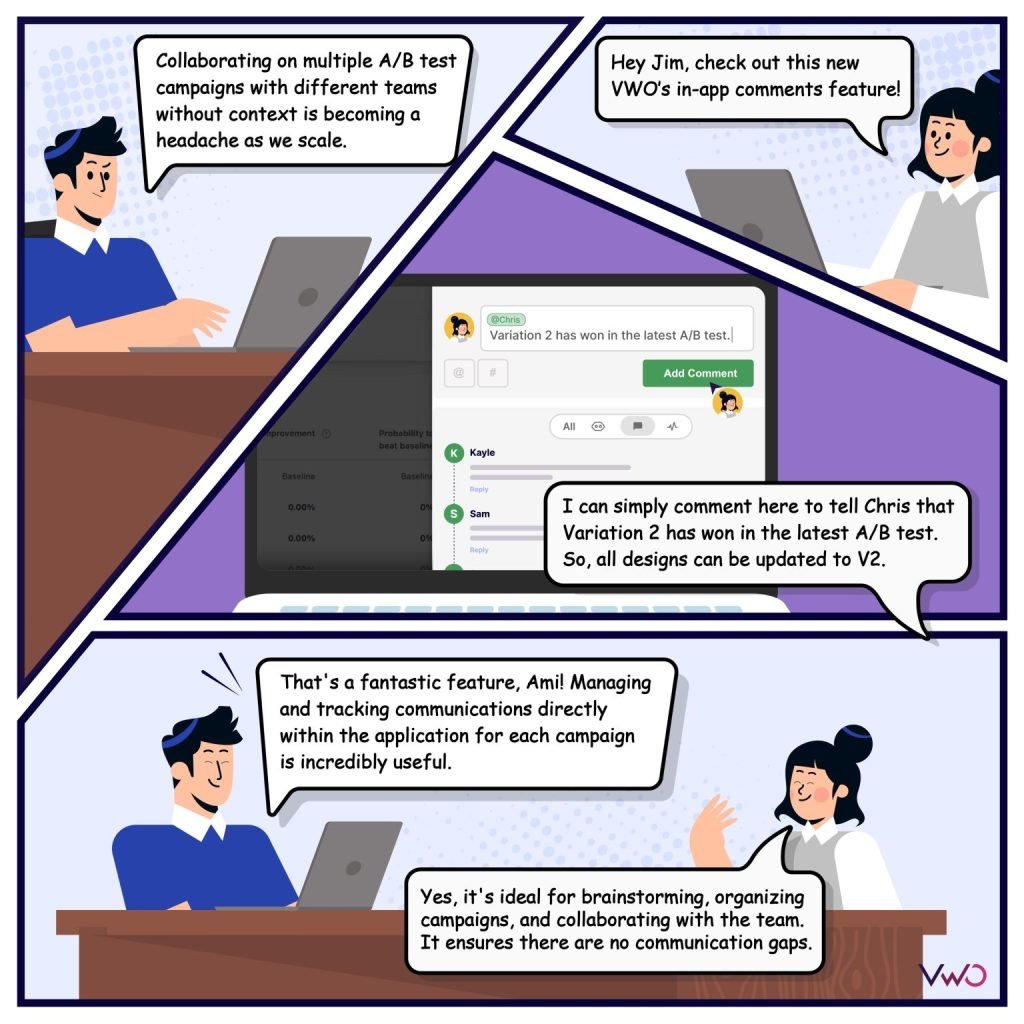
Intrigued by what VWO can do? Dive deeper into the in-app comments feature, by checking out the detailed product update. It’s packed with insights to help you make the most of your optimization efforts.






















